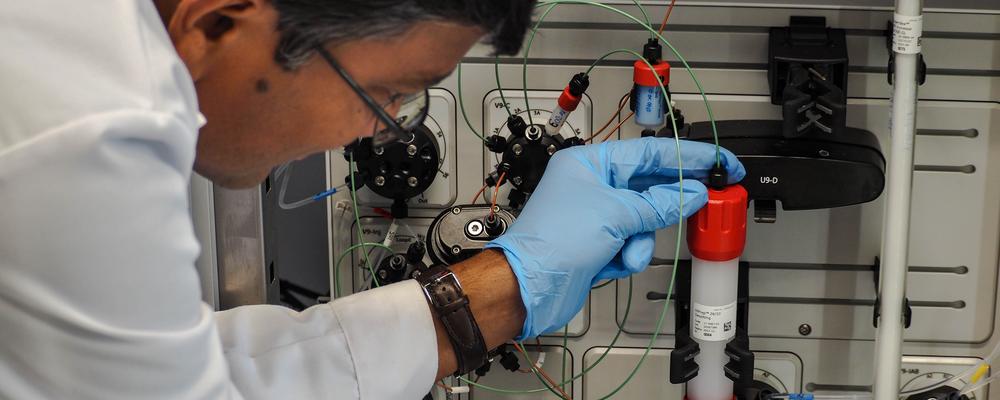We have learned more about the SARS-CoV-2 virus using its proteins as keys
During the ongoing COVID-19 pandemic, understanding the virus’ proteins has been at the core of SARS-CoV-2 research, because the virus invades human cells through protein contacts. Several universities in Sweden have facilities that produce proteins for various research projects that are part of Protein Production Network Sweden–University of Gothenburg through the Mammalian Protein Expression (MPE) Core Facility.
Five fields in COVID-19 research where protein production has been a key factor in increasing knowledge about the virus:
Serology, which measures the presence of antibodies in patients. Conducted at the University of Gothenburg and Stockholm University/SciLifeLab. a
Testing of antibodies developed to combat SARS-CoV-2 for therapy or diagnostics, using proteins produced within PPNS. Conducted at Stockholm University/SciLifeLab.
Production of the most important SARS-CoV-2 virus protease (Mpro) to find inhibitors that can act as medication candidates and to determine its structure. Conducted at Karolinska Institutet and Umeå University.
Production of various polymerases for use in polymerase chain reaction diagnostics for the SARS-CoV-2 virus. Conducted at Karolinska Institutet and Umeå University. b
Determining the structure of different proteins from SARS-CoV-2. Conducted at Lund University and Karolinska Institutet. c
Related Scientific Articles:

